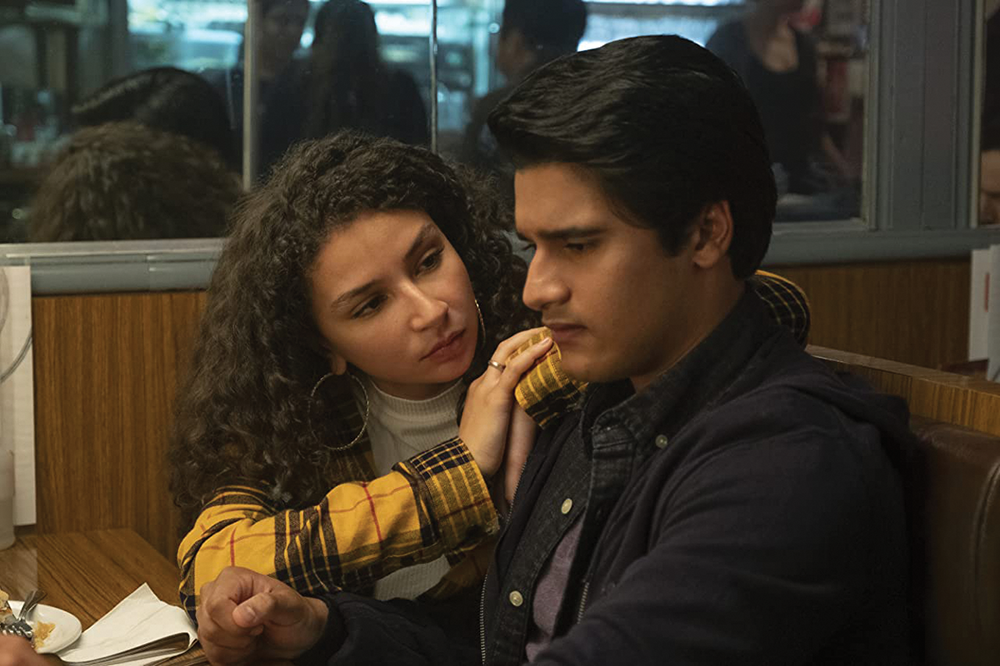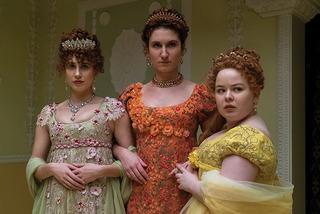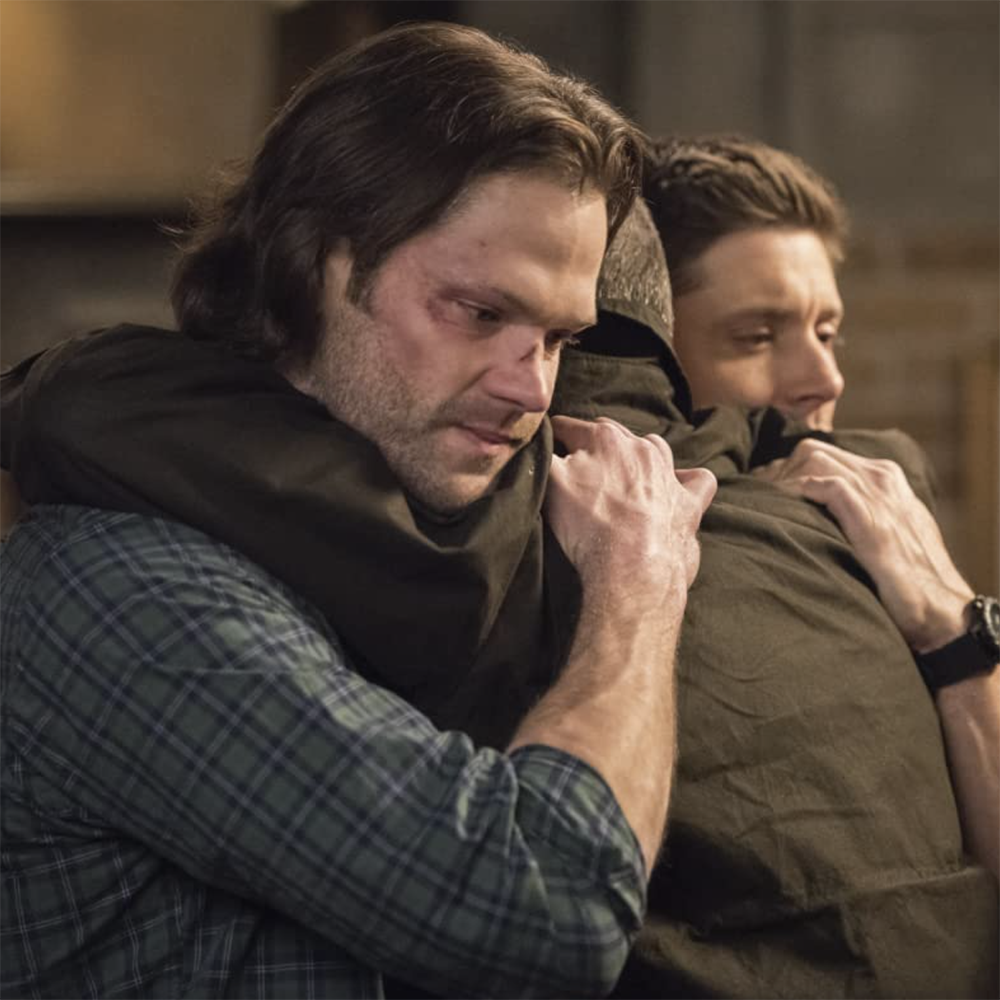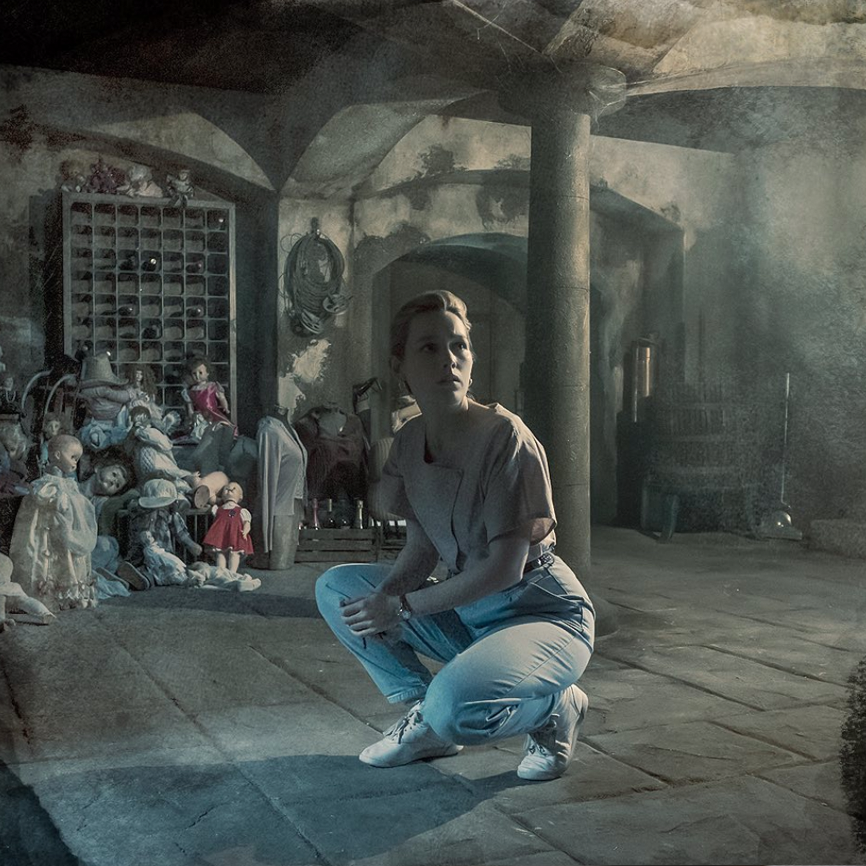★★☆☆☆
A week after its premiere Oct. 18, Modern Love was given the green light for its second season. The eight-episode anthology series, which is available on Amazon Prime video, draws upon The New York Times column it is based on for its storylines. However, it does not always translate the charm and emotional depth that drew readers to the column. The show, like any other anthology series, has its peaks and valleys of episodes — for Modern Love, its peaks are high but far too few in between.
Modern Love began as a weekly column in The New York Times over 15 years ago that covered romance in a new and modernized world. The column has been wildly popular, spawning a book, a podcast and this Amazon anthology story for its realistic and grounded interpretations of real-world love.
All episodes are distinct entities, each featuring different expressions and types of love. For example, “Rallying to Keep the Game Alive” explores a middle-aged couple, played by Tina Fey and John Slattery, navigating the muddied waters of marriage in the midst of impending divorce. In “Hers was a World of One,” Andrew Scott and Brandon Kyle Goodman are a gay couple whose safe and secure lives are subverted by their decision to adopt a homeless woman’s unborn child.
Despite the diverse types of love the show presents, the episodes lack compelling characters themselves. It is difficult to have vested interest in the relationship between the lovers on a date gone horribly wrong in “At the Hospital, an Interlude of Clarity,” as their lack of chemistry begs the question of why they even agreed to a date in the first place. The same goes for “When Cupid is a Prying Journalist,” as the love between Dev Patel and Caitlin McGee’s characters is so unspecial that the reunion between the long lost lovers does not feel like a payoff at all. The connections feel forced to fit a narrative and not genuine or relatable, which should be the defining message of the show.
However, there are some exceptions to this abundance of flat and uninspiring characters and storylines. Namely, Anne Hathaway’s performance as a woman struggling to form relationships while living with bipolar disorder is powerful and nuanced, as she spoke to the real person who inspired the role.
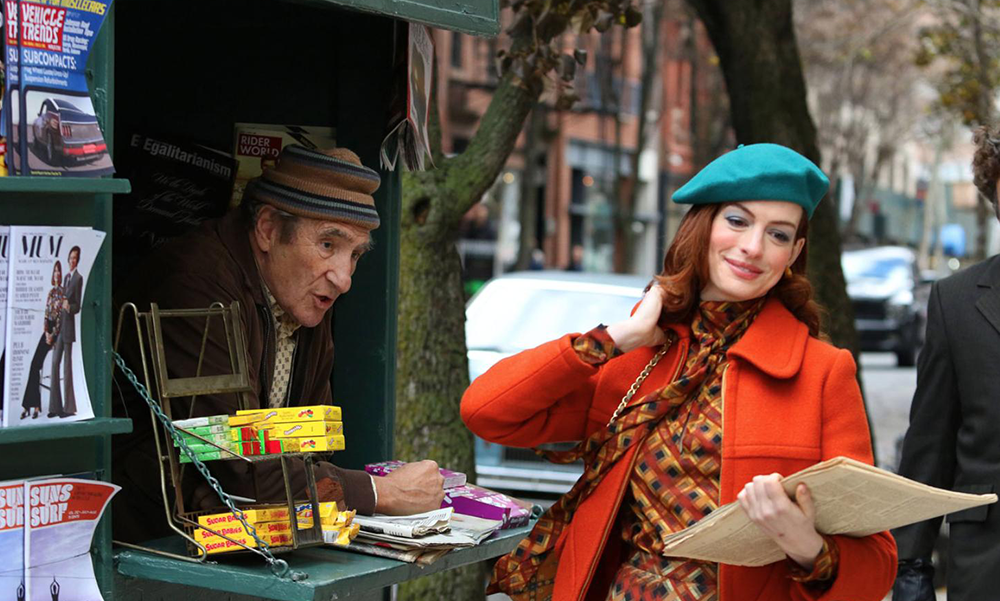
What the show actually manages to consistently do well is depict New York City in an ultra-romantic light, as characters come and go out of their beautiful, pristine apartments with huge bay windows and tasteful pieces of art littered around the space. They venture the town to go for candlelit dinners, coffee in hipster cafes and come back to their building that definitely comes with an awning.
The image of New York City comes to a height in “Take Me as I Am, Whoever I Am,” with a complete television title sequence in the middle of the episode to describe the mania of Hathaway’s bipolar character. The retro, faux cheeriness of the sequence as Hathaway struts Washington Square Park in a forest green coat and bright blue eyeshadow showcases the series’ self-awareness. By painting a dreamy, idyllic version of Manhattan that only exists as a backdrop to the show, it knowingly provides an unrealistic setting to fall in love. In this way, the commonality of the city setting between the episodes is itself a motif that love can and must be found in New York, something seen in every episode.
Although the motif of New York love remains present, the show also removes more realistic aspects of the articles in favor of idealized beauty. The creative license taken to deviate from the source material does not work to the show’s advantage at all, as the stories become less compelling and less representative of the real, modern love the column was meant to showcase.
This disservice to the source material appears most clearly in “So He Looked Like Dad. It Was Just Dinner, Right?,” directed by Emmy Rossum. The episode ignores valuable context from the original article by failing to mention how the original author took control of an abusive relationship, framing the narrative instead around passivity. The episode loses the nuance and lesson from the original article and dilutes its message to highlight the idealistic nature of the entire series.
However, the beauty of an anthology series is that the audience can pick and choose what they want to get out of it. For the television adaption of the “Modern Love” stories, though there are dull moments, bland characters and uninspiring storylines, the episodes that have even the smallest glimmer of a meaningful exploration of modern love are worthy of a watch.









